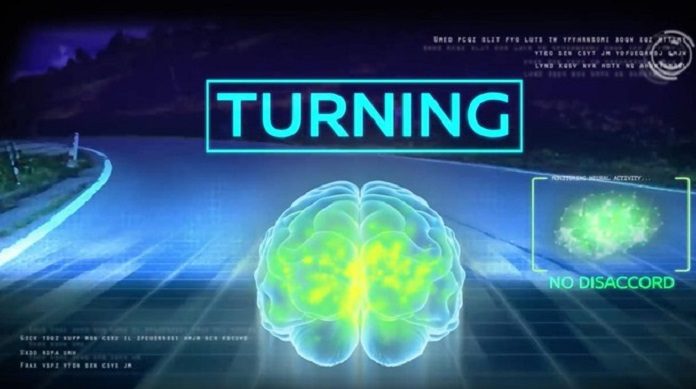EPFL and Nissan researchers are able to read a driver’s brain signals and send them to a smart vehicle so that it can anticipate the driver’s moves and facilitate the driving process. Nissan recently unveiled this brain-to-vehicle (B2V) technology.
Scientists actually wanted to harness technology to enhance drivers’ skills without interfering with the enjoyment of being behind the wheel. Thus, they managed to peruse the cerebrum flags that show a driver is going to accomplish something –, for example, quicken, brake or move to another lane – keeping in mind the end goal to send that data to the vehicle.
With this notification ahead of time of a couple of many milliseconds, the keen vehicle can suspect the driver’s developments and make the resulting move less demanding. The auto is additionally outfitted with sensors to screen its condition, which implies it can help the driver when movement conditions are troublesome.
The signs delivered in the driver’s frontal engine cortex are distinguished utilizing a sensor-prepared EEG (electroencephalography) headset. They are then sent to the keen vehicle for handling. By joining that information with the data recognized by its own sensors, the auto can respond to the current circumstance.
José del R. Millán said, “If you’re coming to a red light and getting ready to brake, the car will assist you by starting to break 200–500 milliseconds before you do. But if you approach a red light and your brain shows no intention of slowing the car down, the car will warn you that the light is red to make sure you’ve seen it.”
It stores each driver’s regular routes, as well as their driving habits and style, using this information to more accurately anticipates what each driver might do at any time. The brain-machine interface not only makes driving easier, it also creates a more personalized experience, as the car will always be in sync with the driver. Even the car’s setting can be transparently adapted to the driver’s preferences. For instance, if the driver has adopted a more relaxed driving style, the interface will detect that the selected sports mode is not appropriate and switch the car to a more comfortable setting.
